-
Contents
- In real life
- DBSetXL 0.82
In real life
Interregio services were meant to replace the uncoordinated schedules of fast trains, creating a proper network of connections similar to what the Intercity trains already provided. The rolling stock was not as comfortable as the Intercity coaches, but the trains connected medium cities and regions where Intercity trains would not stop. Basically it was meant to be an additional second layer of nationwide long-distance trains. The coaches were newly developed, coming with a radically different interior design. Based on the color schemes (German Wikipedia) of the time the coaches were painted in gray with a blue stripe along the windows.
The original plans of this network became outdated with German reunification. Many new connections between East and West were introduced, such as trains running from Cologne via Hanover and Magdeburg to Leipzig, or from Berlin via Halle and Erfurt to Frankfurt/Main. The railway administration reform in 1994 was the beginning of the end for these services, as the economical framework for railway operations changed completely. After the millennium, the service was discontinued, by 2002 almost all serviced had been replaced by Intercity lines (requiring more expensive tickets) or demoted to local trains. Some regions were now devoid of any long-distance connections, passengers had to resort to long-running local coaches. A federal network of long-distance trains in addition to the premium services, which was the original idea, does not exist until today. However, there are ongoing plans to establish Intercity trains as such a network by now, as ICE trains have replaced Intercity trains as premium offering.
DBSetXL 0.82
In the DBSetXL Interregio trains can be modeled with a variety of engines. Depending on the engine, coaches are automatically (BR 110) refitted accordingly, or can be refitted manually (V200, BR 218, BR 103, BR 111, BR 112, BR 181, BR 120). The Interregio coaches not only differ in their colors, but also in their characteristics, see this table.
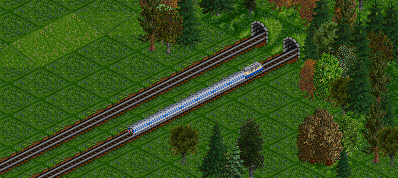
The V200 diesel engine probably never hauled an Interregio train, as it was put out of service in 1988, when the Interregio services were being introduced. Nevertheless it is possible in the game, it is just not realistic to do so.
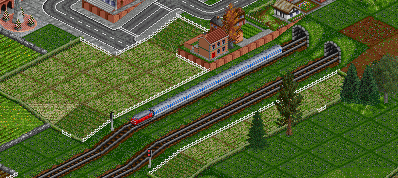
Interregio trains also ran on non-electrified lines. For such services the class 218 is the engine of choice, provided one can still find a non-electrified line in the game at that time.
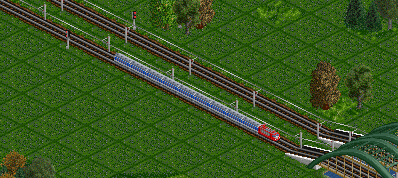
The class 103 allows refitting coaches to Interregio-coaches. Once the class 101 took over Intercity duties, these services were the last big service field of the class 103, which had been worn out by hauling heavy Intercity trains by then.
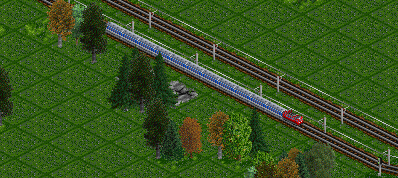
The class 110 is the only one to automatically refit long-distance coaches to Interregio coaches and does not allow refitting between Interregio and Intercity services. Funnily enough the set seems to have a bug there, with the Interregio coaches having the same capacity as regular intercity coaches, when it should be lower according to the set documentation.
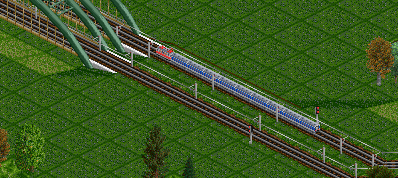
The class 111 can be used for long-distance services in the 1990s, making it a viable choice for Interregio services. However, other classes may provide a better top speed.
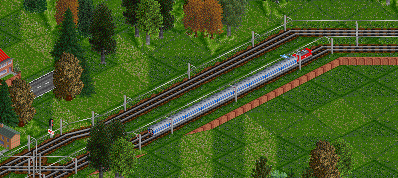
After German reunification suddenly transportation demands skyrocketed, causing an engine shortage for long-distance passenger services. The class 112 was commissioned and is a good choice for Interregio trains.
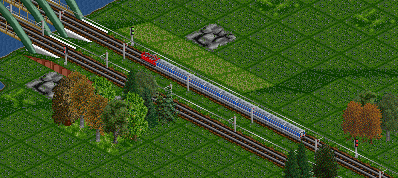
Class 120 was developed as a replacement for class 103 in heavy Intercity services. Still, it can also be used for Interregio trains, especially due to the high top speed. In the real world, Interregios running on the high-speed line between Mannheim and Stuttgart were hauled by class 120.
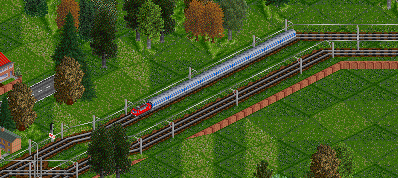
Class 181 is also a good choice for Interregio services. It was used on the lines in southwest Germany, such as between Saarbrücken, Mannheim and Stuttgart.
